The dominant feature of the world economy in new century is its increasing globalisation and growing fear of its consequences; it also shows marked reversal of attitudes in the third world from the time of Raul Prebisch. In a more independent world economy, any global or regional shock (e.g., the Asian crisis or Russian crisis of 1997-98) is rapidly propagated to other countries. We hear a lot about the creation of a borderless world and the end of nation state. By reducinig cost of communication, technology has helped to globalise production and finance. History may not have ended but geography, if not coming to an end, certainly matters less now. What really went wrong in East Asia, since for years, the market did not foresee any problems. They key domestic factors leading to crisis were the failure to dampen overheating pressures in the region. The banking crises here preceded the attacks on their currencies and currency crises were often preceded by a boom-bust cycle in property prices and in Thailand, as also in Japan, falling land prices played a leading role. Asian crisis may be interpreted in context of long waves of innovation world over. This volume brings together recent research work relating to the following elements. Asset bubbles and NICs’ Model, Miracle, Meltdown and the Contagion, Lessons from Crisis and Collapses, East Asian Growth Before and After the Crisis, Growth Miracle and Policy Responses, Contagion and Public Policy, Asian Mode, Japan and Korea, Issues in Theory and Policy. This series is dedicated to Raul Prebisch who underlined the dynamics of the world economy and interdependence between industrial countries of the North and LDCs of the South.
Newly Industrializing Countries after Asian Crisis (Volume 23, In 5 Parts)
$270.00
$300.00
In stock
Free & Quick Delivery Worldwide
All orders amounting to US$ 50 or more qualify for Free Delivery Worldwide. For orders less than US$ 50, we offer Standard Delivery at $14 per book.
ABOUT THE AUTHOR Neelambar Hatti
Neelambar Hatti is mainly involved in research at the Department of Economic History, University of Lund, Sweden. Dr. Hatti has written extensively on Trade, Aid and Rural Development, and Microdemography. He has also taught at the University of Copenhagen and has been a visiting Senior Fellow at the Scandinavian Institute of Asian Studies. He has recently authored (with Rameshwar Tandon) the study, Exports and Development: The Indian Experience.
ABOUT THE AUTHOR Rameshwar Tandon
Rameshwar Tandon works at the International Institute for Special Education, Lucknow. For the last three decades, he worked with Prof. VKRV Rao at the Institute for Social and Economic Change, Bangalore. He is author-editor of numerous books and articles, most recently, Exports and Development: The Indian Experience (jointly with Prof. Neelambar Hatti)
ABOUT THE AUTHOR Sir Hans Singer
Sir Hans Singer is Emeritus Professor of the University of Sussex and a Fellow of the Institute of Development Studies at the University of Sussex since 1969. Previously he served in the United Nations Secretariat for over 20 eyars and held a number of academic and civil service posts. He is the author of numerous books and articles, most recently The Foreign Aid Business (jointly with K. Raffer).
reviews
0 in total
Review by Anonymous
Newly Industrializing Countries after Asian Crisis (Volume 23, In 5 Parts)
Be the first to review “Newly Industrializing Countries after Asian Crisis (Volume 23, In 5 Parts)” Cancel reply
You must be logged in to post a review.
Bibliographic information
Title
Newly Industrializing Countries after Asian Crisis (Volume 23, In 5 Parts)
Author
Edition
1st ed.
Publisher
ISBN
8176464236
Length
xxvi+541p., xi+545-1051p., ix+1055-1451p., ix+1455-1814p., ix+1817-2154p., Tables; Figures; Notes; References; 23cm.
Subjects
more by Neelambar Hatti see more
Trade and Growth: Models and Methods (Vol. 20, in 3 Parts)
International trade theory ...
$180.00
$200.00
more by Rameshwar Tandon see more
New Regionalism in New Century
$71.10
$79.00
more by Sir Hans Singer see more
Trade and Growth: Models and Methods (Vol. 20, in 3 Parts)
International trade theory ...
$180.00
$200.00
Trade And Environment: Recent Controversies (In 3 Parts)
Recent years have witnessed ...
$126.66
$133.33
similar bookssee more
Bihar On Move
$59.40
$66.00

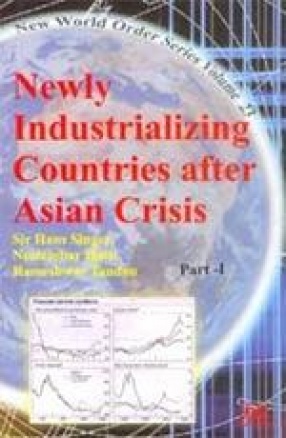
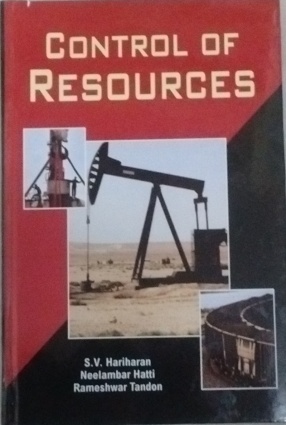
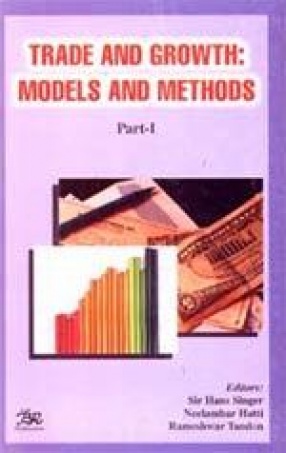

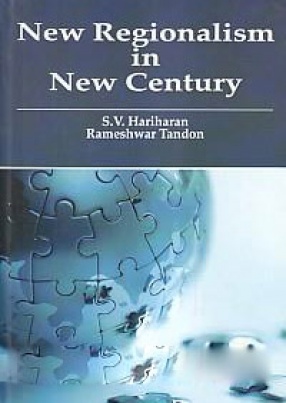
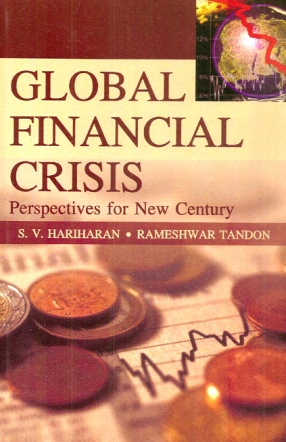
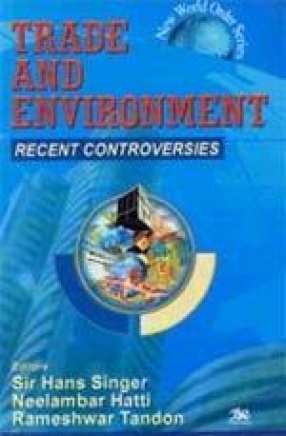
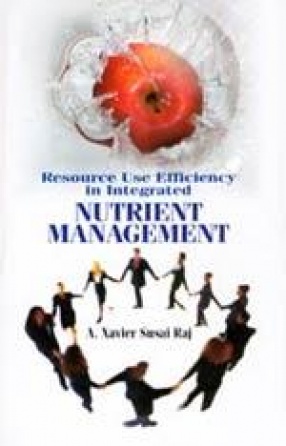

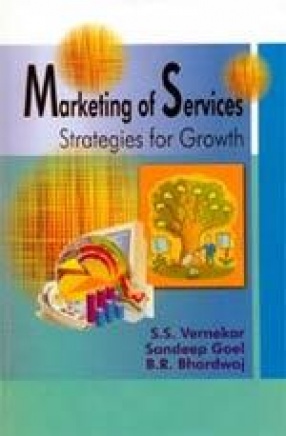
There are no reviews yet.